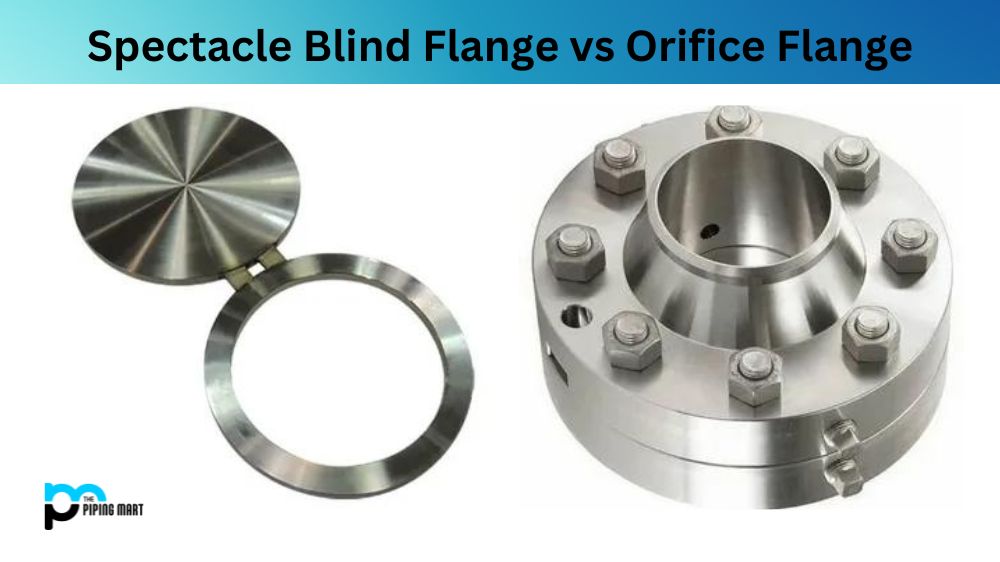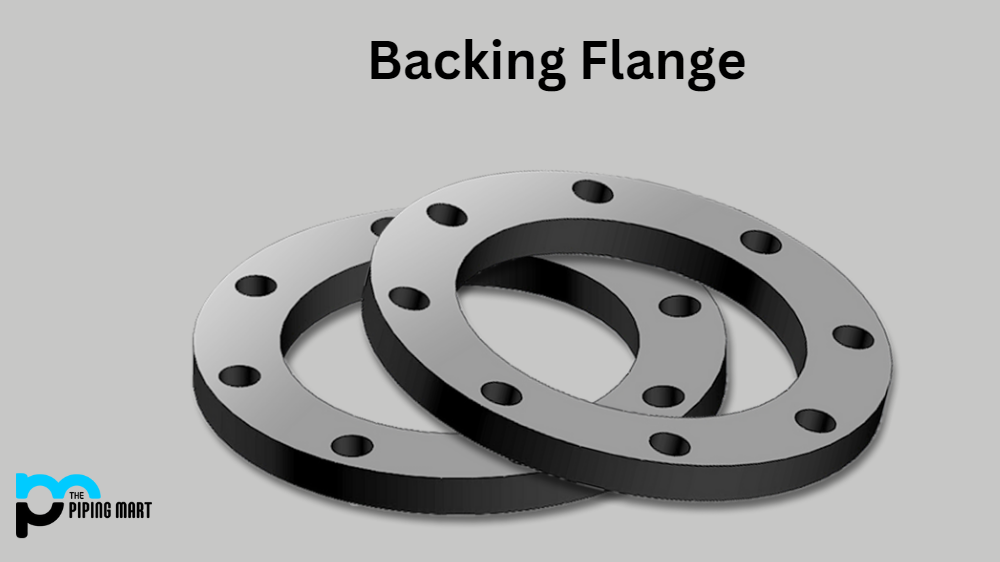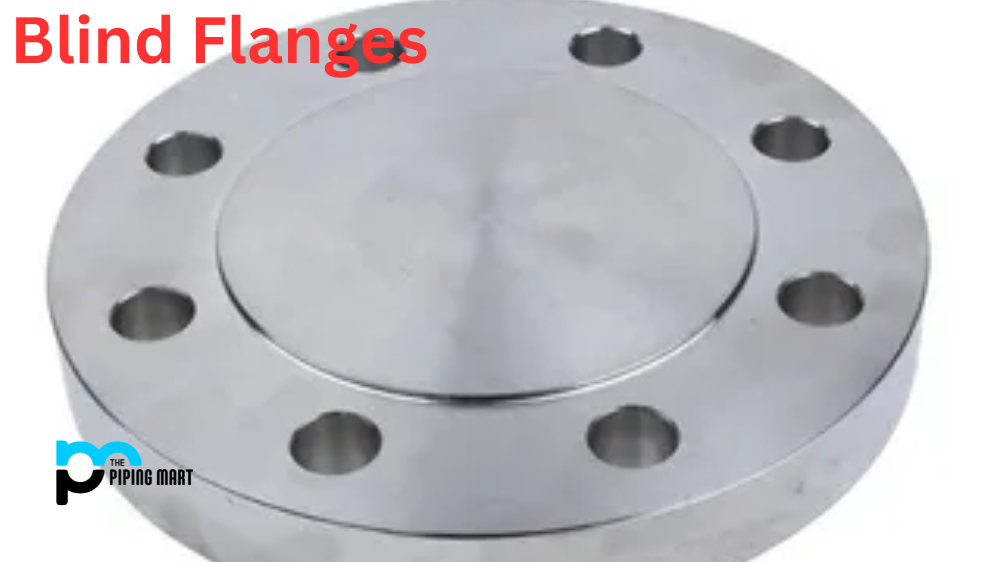In the world of industrial piping, it is essential to choose the right components to ensure safety and efficiency. Two types of flanges that often get compared are the Spectacle Blind Flange and Orifice Flanges. These two seem similar, but underlying differences can greatly impact their use in piping systems. In this blog post, we will discuss the differences between Spectacle Blind Flange and Orifice Flanges and which is the best fit for specific industrial requirements.
What is Spectacle Blind Flange?
Spectacle blind flanges are a type of flange used in pipelines and piping systems. They consist of two separate metal rings that have been welded together along their outside diameter. The bottom portion of the flange has a circle cut out, creating an opening for maintenance or repairs to be completed. This allows for the isolation of different parts of the system when needed. These flanges are ideal for high-pressure applications, as they provide superior sealing ability compared to other options.
What is Orifice Flanges?
Orifice flanges are a special type of high-pressure welding flanges typically used in pipelines and with flow meters. They are designed to measure gas or liquid flows by creating apertures, which result in pressure drops when the fluid passes through them. The pressure differential is then converted into a volumetric flow rate. This can be further analyzed to assess the material’s temperature, density, and energy contents flowing through the pipeline. Orifice Flanges come in different sizes and materials depending on specific usage requirements; common types include stainless steel, alloy steel, cast iron and brass.
Difference Between Spectacle Blind Flange and Orifice Flanges
Purpose
One of the most significant differences between Spectacle Blind Flange and Orifice Flanges is the purpose they serve. A Spectacle Blind Flange is used to isolate one section of the pipeline while being able to inspect or service the other side. It is particularly useful for maintenance situations. On the other hand, Orifice Flanges are designed to provide a precise and controlled restriction in flow measurement applications.
Construction
Spectacle Blind Flanges consist of two metal discs connected by a central section. The metal discs can be secured in place with bolts, nuts, or studs, and they can easily rotate to block fluid flow in one direction or both directions if necessary. Meanwhile, Orifice Flanges feature a small hole inside the flange, known as the orifice bore, to regulate flow. The orifice bore is measured and designed to have an accurate flow rate to measure the fluid passing through the pipeline accurately.
Installation
The installation of Spectacle Blind Flanges requires a different process from Orifice Flanges. Spectacle Blind Flanges must be installed correctly, ensuring the correct valve orientation to avoid creating additional pressure drops. Whereas Orifice Flanges require a flow-measurement system and an orifice plate. The orifice plate must be installed to be perpendicular to the flange and appropriately seated to avoid sealing problems. One thing to note is that Spectacle Blind Flanges are installed using the same conventional flange installation procedures as other flanges.
Applications
Both Spectacle Blind Flanges and Orifice Flanges are essential in specific applications. Spectacle Blind Flanges are often used in maintenance, such as pipeline repairs or cleaning. Meanwhile, Orifice Flanges are frequently used in industrial processes, where precise flow measurement is necessary. Orifice Flanges are commonly used in various industries, including oil and gas, chemical processing, and power generation.
Cost
The cost of Spectacle Blind Flanges vs. Orifice Flanges can vary significantly. Spectacle Blind Flanges tend to be more cost-effective due to their simplistic design and ease of installation. On the contrary, Orifice Flanges’ significant advantage is in their precision, making them an expensive option.
Conclusion:
In conclusion, Spectacle Blind Flanges and Orifice Flanges are two flanges that significantly differ in their purpose, construction, installation, application, and cost. Spectacle Blind Flanges are used primarily in maintenance situations, while Orifice Flanges are used in precise flow measurement applications such as oil and gas. To make sure the right flange is used for a complete piping system, it’s essential to consult with a piping expert to determine which flange type is best suited for your specific requirements.

Hey, I’m Krutik, a casual blogger expert in the metal industry. I am passionate about providing valuable information to my readers. With a background in engineering and construction, I like playing Cricket & watching Netflix shows in my free time. Thank you for visiting my blog, and I hope you find my information helpful!




